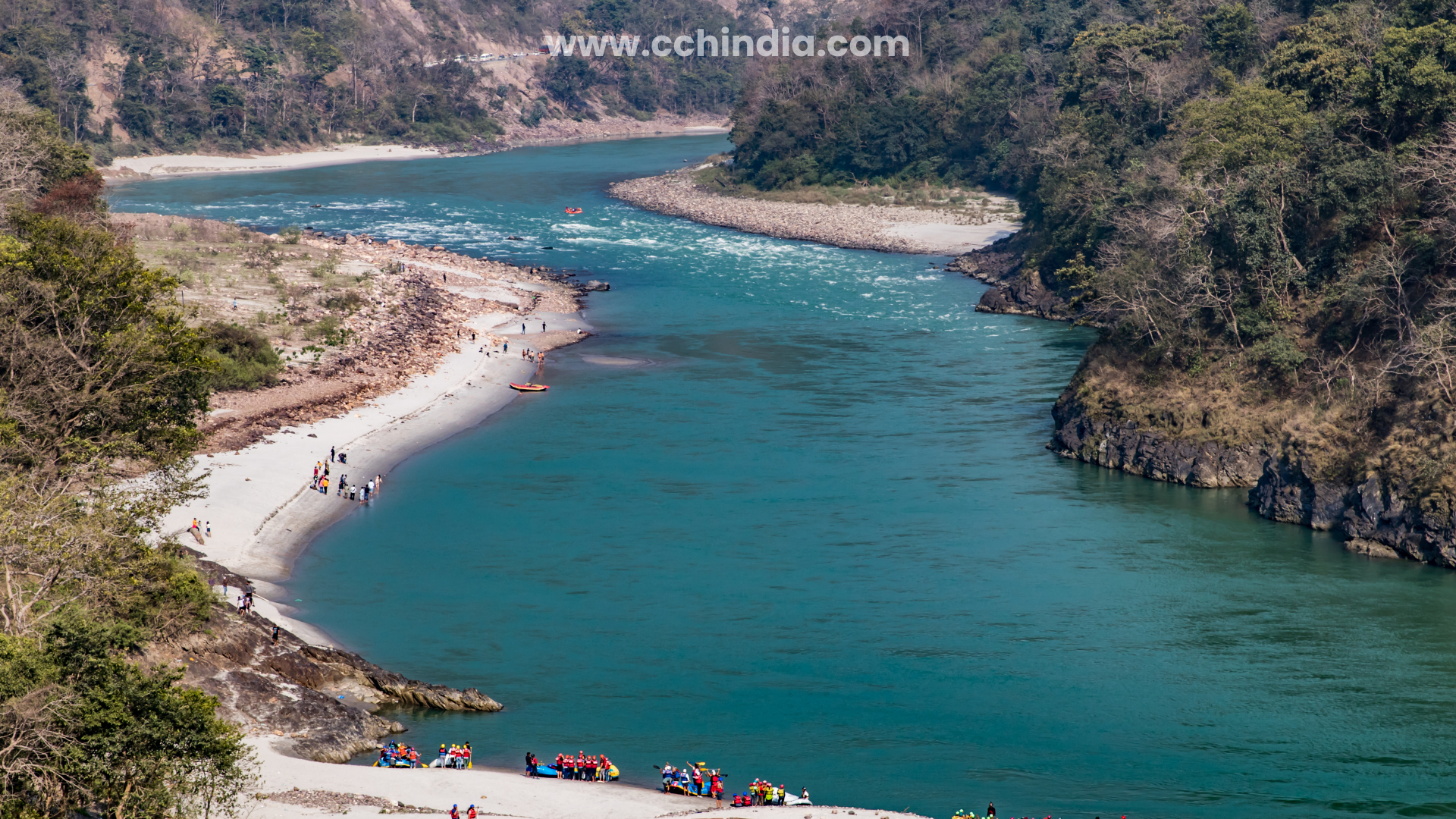भारत की प्रमुख नदी प्रणालियाँ और उनके तथ्य
भारत की प्रमुख नदी प्रणालियों के बारे में जानें—उनकी उत्पत्ति, लंबाई, नाम, मिथक, कृषि मूल्य, और भूगोल से परे उनका महत्व। नदियों पर मानवीय दृष्टिकोण, किसी पाठ्यपुस्तक से नहीं।

Discover India’s major river systems — their origins, lengths, names, myths, farming value, and why they matter beyond just geography. A human take on rivers, not a textbook.
I’ve always felt that rivers in India aren’t just water bodies — they’re like old storytellers. You know, those folks who have seen generations pass, wars fought, temples built, and cities crumble. Sometimes when I sit near the Ganga ghats in Varanasi, I can’t help but wonder… how many prayers has this river carried? How many farmers’ tears, how many children’s laughter? 🌊
Let’s not get too poetic though — I promised you facts, but in a way that actually makes sense. So here’s me walking through some of India’s biggest river systems, one by one.
Origin? Gangotri glacier, high up in the Himalayas.
Length? Around 2,500 km, but honestly, it feels endless when you travel along its towns.
Religious significance? You don’t need me to tell you that. For Hindus, Ganga isn’t just a river — she’s “Maa Ganga”. People believe her water purifies sins, which is why you see pilgrims dipping into freezing water like it’s nothing.
Agricultural role? Oh, massive. The Ganga basin is basically the breadbasket of India. Wheat, rice, sugarcane — you name it, it’s grown here.
And the name? “Ganga” comes from the Sanskrit word meaning “swift-goer.” Fitting, right?
Origin? Yamunotri glacier in Uttarakhand.
Length? Roughly 1,300 km.
She flows through Delhi, which, let’s be honest, hasn’t been very kind to her. Pollution levels are insane, but culturally, Yamuna still carries weight. Remember Krishna’s stories? His childhood is tied to this river — the playful splashes, the flute, the gopis.
Agriculture? The Yamuna feeds fertile plains of Haryana and western UP. Sugarcane and wheat farmers literally depend on her.
Name meaning? “Yamuna” comes from Yama, the god of death. Ironically, her waters give life.
Now this is a river that doesn’t mess around.
Origin? Angsi glacier in Tibet, where it’s called the Yarlung Tsangpo.
Length? Around 2,900 km — yep, longer than Ganga.
When it enters Assam, the river spreads wide, almost like it wants to hug the entire land. Monsoons turn it wild, floods are scary, but guess what? Those same floods bring fertile soil, making Assam’s tea and rice possible.
Name? “Brahmaputra” literally means “Son of Brahma.” Pretty rare, because most rivers in India are feminine.
This one’s the superstar of southern India.
Origin? Trimbak in Maharashtra.
Length? About 1,465 km — longest river in the south.
People call it “Dakshin Ganga” because it’s got that same aura of sacredness down south. Pilgrims flock to Nashik for the Kumbh Mela, which happens once in 12 years on its banks.
For farmers? It’s lifeline stuff — rice fields, sugarcane, cotton. Without Godavari, half of Telangana and Andhra would be in trouble.
Origin? Western Ghats near Mahabaleshwar.
Length? 1,300 km.
Here’s the thing — the Krishna basin covers parts of Maharashtra, Karnataka, Telangana, and Andhra. That’s four states leaning on one river. No wonder water-sharing disputes keep popping up. Politics aside, it sustains millions of farmers.
Religious vibe? The river is tied to many myths, especially around Pandharpur, where devotees flock to worship Lord Vithoba.
Narmada feels different. Originating from Amarkantak Plateau in Madhya Pradesh, it flows west — cutting through marble rocks in Jabalpur, creating those breathtaking Dhuandhar falls.
Length? About 1,300 km.
Unlike Ganga or Godavari, it’s not about massive floodplains but about carving deep valleys. Tribals living along her banks treat her like family.
Name meaning? “Narmada” comes from Sanskrit, meaning “the giver of pleasure.” Honestly, sit by her ghats in Maheshwar, and you’ll get why.
Funny thing is, India is named after the Indus (Sindhu in Sanskrit), but most of it now flows through Pakistan.
Origin? Kailash range in Tibet.
Length? 3,180 km.
In ancient times, the Indus valley civilization thrived on its banks. Today, we only get a slice of it in Ladakh and Punjab. Still, it’s a reminder of how civilizations rise and fade, while rivers just keep going.
Whenever I read about rivers, I don’t just see geography. I see lifelines, gods, mothers, even rebels. They don’t just water our crops — they shape our festivals, our food, our faith, even our politics.
Next time you stand by a river — any river, even the tiny ones near your town — try listening. Not with your ears, but with that curious part of you that wants to know where we came from. Because trust me, rivers remember.
Also Read: Delhi Government’s Push to Clean the Yamuna: Between Promises and Reality

भारत की प्रमुख नदी प्रणालियों के बारे में जानें—उनकी उत्पत्ति, लंबाई, नाम, मिथक, कृषि मूल्य, और भूगोल से परे उनका महत्व। नदियों पर मानवीय दृष्टिकोण, किसी पाठ्यपुस्तक से नहीं।

